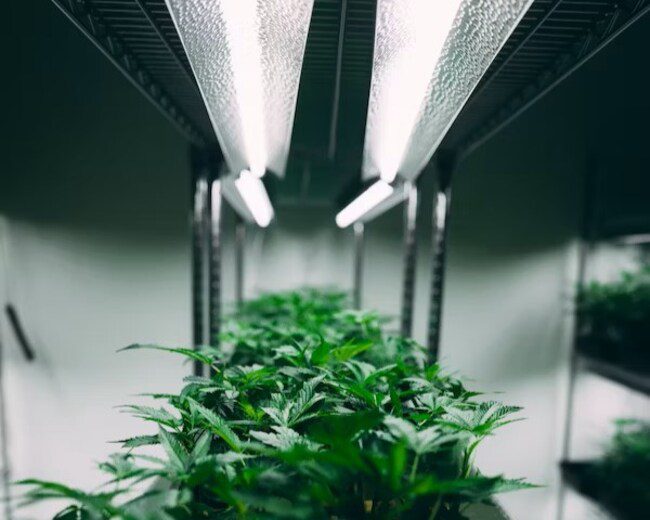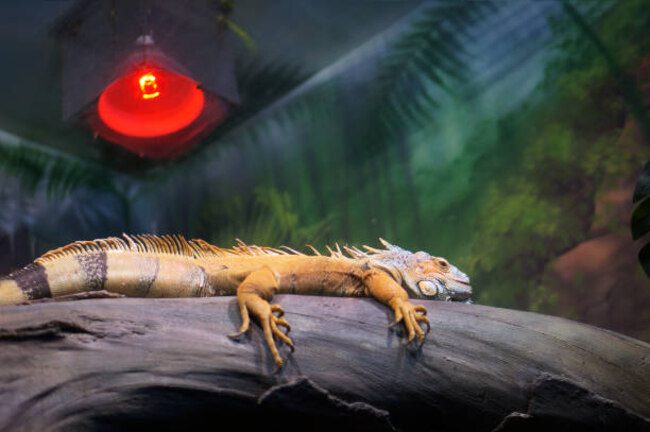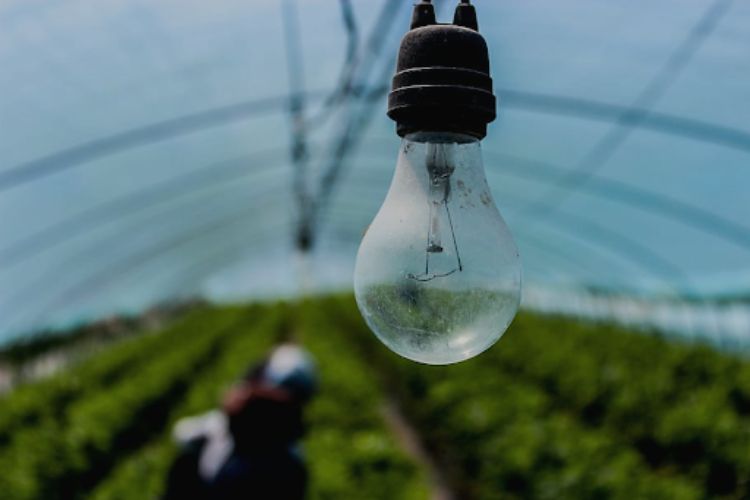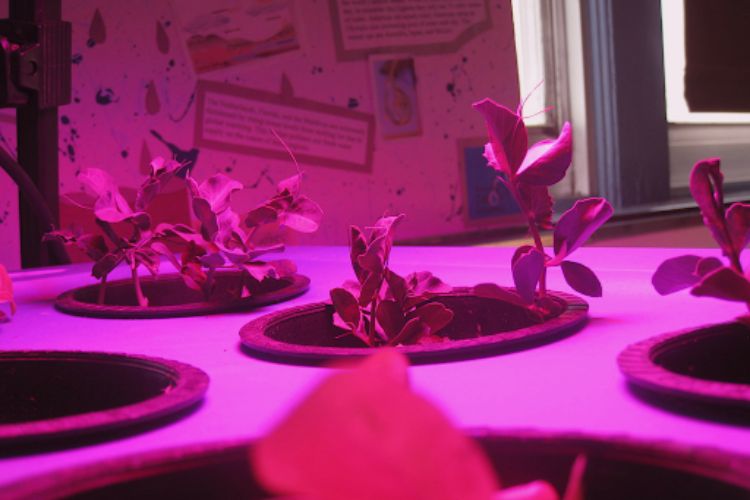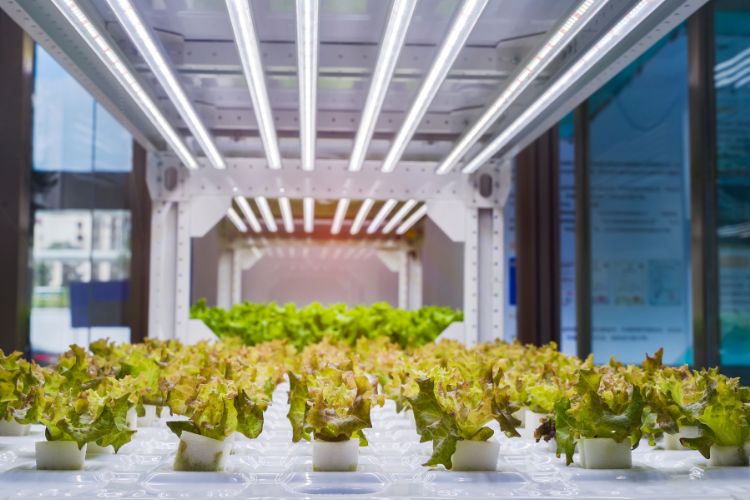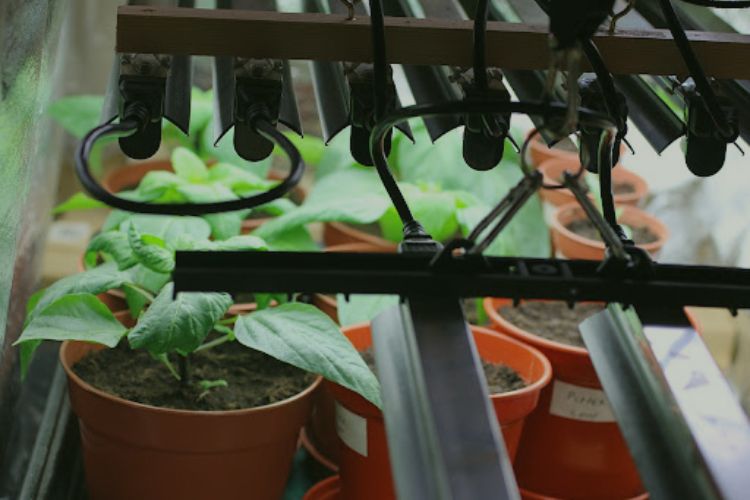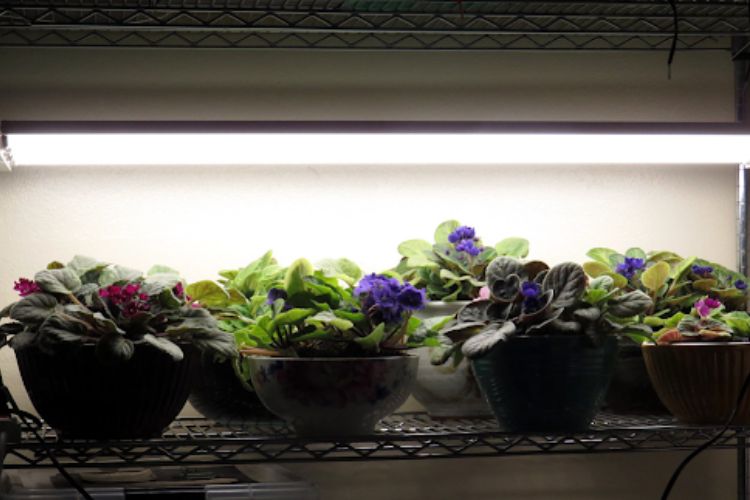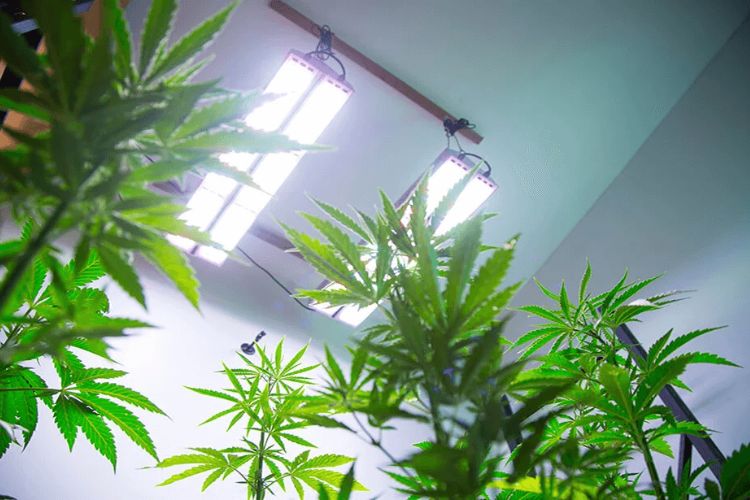Why Are Grow Lights Purple? Explore The Science Behind
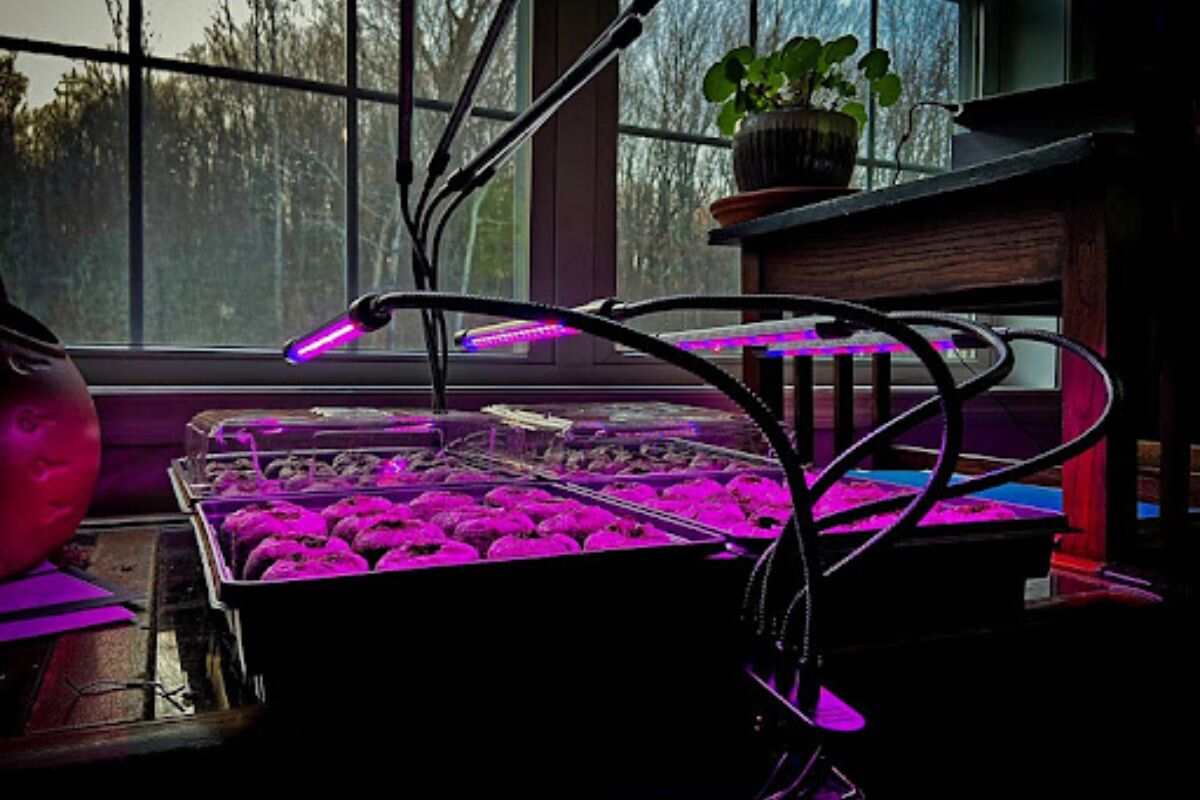
Grow lights are an essential element for indoor gardening. They provide the necessary light spectrum that plants need to develop.
However, one of the most common questions among indoor gardeners is: Why are grow lights purple? We will explore the science behind these devices and why they emit a purple hue or violet. If you are also curious, dive into it now!
Why Are Grow Lights Purple?
Grow lights are purple because they emit light across the visible spectrum, including the blue and red light plants need for efficient photosynthesis. Researchers point out that the blue and red spectrums can benefit plant development in indoor gardening. Keep reading to get detailed explanations!
Diodes
These diodes are made up of different materials emitting different colors. These devices’ most commonly used materials are gallium nitride (GaN) and indium gallium nitride (InGaN). These materials emit blue and green light, respectively. However, plants need light in the red and blue spectrum for photosynthesis. A phosphor coating is added to the diodes to achieve this. It converts the blue and green light into red and blue light, respectively. The resulting light emitted by these devices is violet.
Energy-efficient
The phosphor coating on the diodes helps convert more energy the lights consume into the spectrum plant species require for photosynthesis. It means less energy is wasted as heat, making these garden devices more efficient and cost-effective.
Photosynthetic activities
Purple light is essential for photosynthetic activities in plant species. They absorb red and blue light for photosynthesis. It is responsible for their development. These devices provide plants with the necessary wavelengths for photosynthesis, making them an ideal choice for plants growing indoor gardening.
Price
The purple grow lights are also relatively affordable compared to other varieties. That’s because they comprise red and blue diodes, which are less expensive than diodes emitting other colors.
Safety
These devices are safer than other types because they release less heat which reduces the risks of growing plants. Hence, they can reduce the risk of fire hazards.
Learn more about Why are grow light purple in this video:
What To Consider Before Purchasing Grow Lights?
Before purchasing these devices, there are several factors that you must consider to make sure that you are buying the right grow lights for your needs.
Types of grow light
There are different types of grow lights, such as LED, HPS, and fluorescent grow lights that are available in the market. Each type has its own benefits and drawbacks, so you should choose the one that suits your needs.
For example, LED grow lights are energy-efficient and long-lasting, while HPS ones are powerful and emit much heat. Meanwhile, fluorescent grow lights are affordable but may not be suitable for larger plant species.
Wattage
The wattage indicates the energy it consumes and the intensity. The higher the wattage, the more powerful the bulbs will be. However, high-wattage devices may also produce more heat, thus harming your plants. So, choose the wattage based on the size of the growing area and the plant type you are planting.
Size & coverage area
The size of these garden devices should be proportional to the size of your cultivation area. It would be best if you also considered the coverage area of these devices, which indicates the distance from the bulbs that they can effectively cover. If you have a larger cultivation area, you may need multiple lighting sources to cover it adequately.
Color & spectrum temperature
The color and spectrum of these devices can affect the development of your plants. Blue light promotes vegetative development, while red one stimulates flowering and fruiting. You should consider the spectrum temperature measured in Kelvin (K). Cooler temperatures (5000K-6500K) are suitable for vegetative development. Meanwhile, warmer temperatures (2700K-3000K) are better for flowering and fruiting.
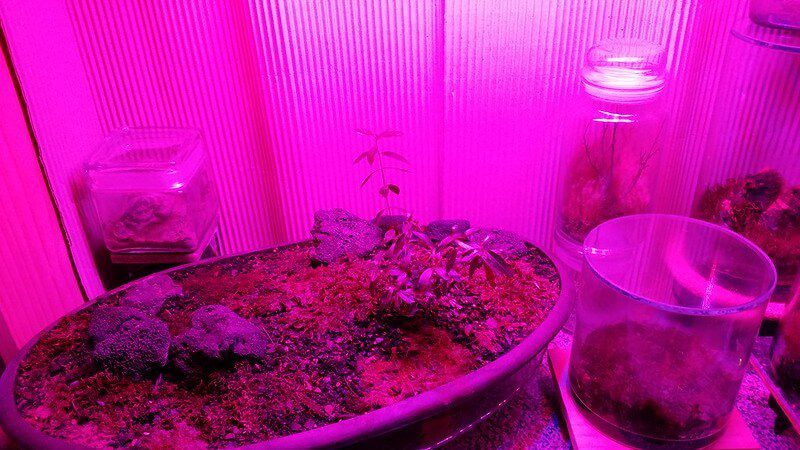
Intensity
It would be best to choose the intensity based on the plant type you are cultivating and its development stage. Seedlings and clones require lower intensity. But, mature plant species need higher intensity.
Heat output
These devices can produce heat, harming your plants if not properly managed. It would help if you chose the type with a built-in cooling system to prevent overheating.
Price
These devices are available at different prices, so choose the one that fits your budget. However, remember that cheaper types may not provide the same quality and durability as more expensive ones.
Which Plants Benefit From Purple Grow Lights?
Under this lighting source, flowering, and fruiting plants outperform those that only yield leafy crops. What plant species can you grow under these devices? Here are a few options to consider:
- Tomatoes
- Peas
- Beans
- Cucumbers
- Peppers
- Eggplants
- Squash
Indoor-growing gardeners won’t use only one lighting option throughout the growth cycle of their plant species unless they use a full spectrum. They often change the colors and the ratio depending on the development stage that their plants are at.
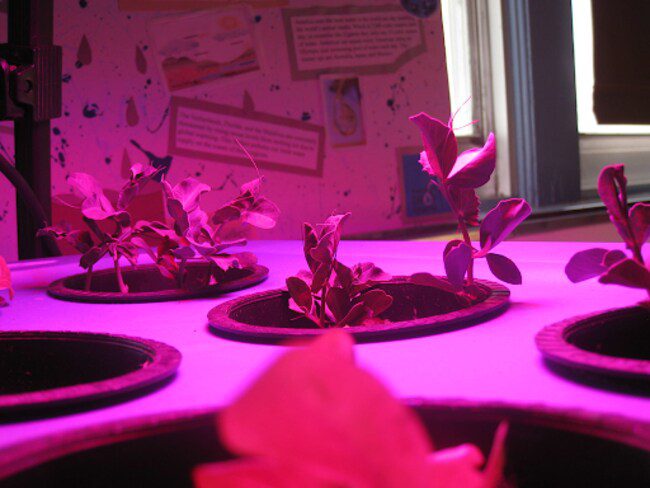
Conclusion
The type of diodes used in the grow light construction emit blue and red light that mix to create a purple hue. These devices are the preferred choice for indoor gardening because they are energy-efficient, affordable, and safe. They emit rays in the red and blue spectrum, ideal for photosynthetic activities. So, consider investing in this option if you plan to start an indoor garden!
FAQs
Related posts:


